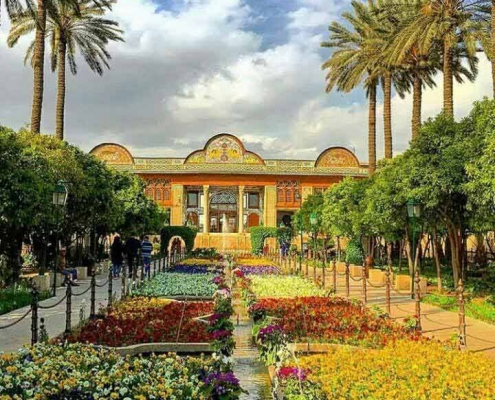 Iran Doostan Tours
https://irandoostan.com/dostcont/uploads/2018/05/Travel-to-Iran-Narenjestan-Garden-travel-to-Iran-tours-to-Iran-.jpg
696
720
Travel to Iran
https://irandoostan.com/dostcont/uploads/2025/05/Irandoostan-logo.webp
Travel to Iran2018-05-16 11:23:322025-04-13 15:01:10Narenjestan Garden or Qavam House in Shiraz
Iran Doostan Tours
https://irandoostan.com/dostcont/uploads/2018/05/Travel-to-Iran-Narenjestan-Garden-travel-to-Iran-tours-to-Iran-.jpg
696
720
Travel to Iran
https://irandoostan.com/dostcont/uploads/2025/05/Irandoostan-logo.webp
Travel to Iran2018-05-16 11:23:322025-04-13 15:01:10Narenjestan Garden or Qavam House in Shiraz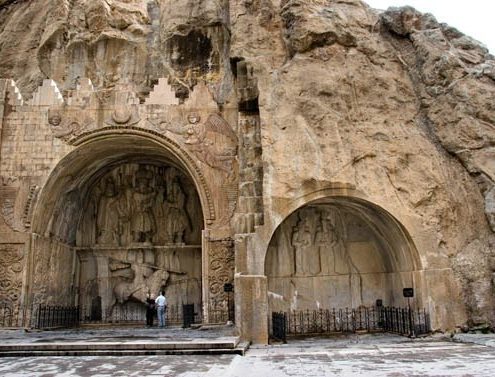 https://irandoostan.com/dostcont/uploads/2018/01/Taq-e-Bostan-Feature.jpg
377
567
Iran Travel
https://irandoostan.com/dostcont/uploads/2025/05/Irandoostan-logo.webp
Iran Travel2018-01-13 13:13:502025-04-13 15:01:11Taq-e Bostan, rock reliefs’ story, history, photos & more
https://irandoostan.com/dostcont/uploads/2018/01/Taq-e-Bostan-Feature.jpg
377
567
Iran Travel
https://irandoostan.com/dostcont/uploads/2025/05/Irandoostan-logo.webp
Iran Travel2018-01-13 13:13:502025-04-13 15:01:11Taq-e Bostan, rock reliefs’ story, history, photos & more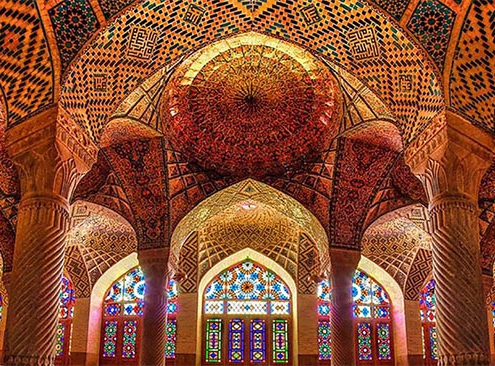
Nasir al-Mulk Mosque (Pink Mosque), Shiraz: Photos, video
Nasir al-Mulk Mosque also known as the Pink Mosque is an elegant…
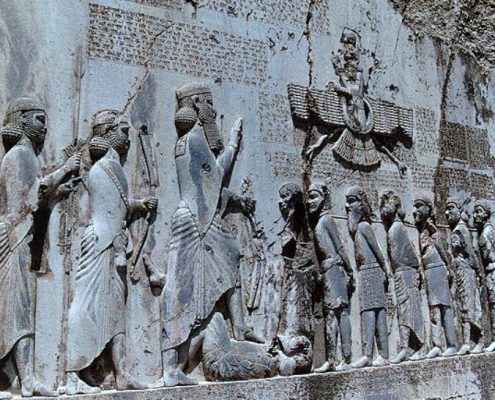 https://irandoostan.com/dostcont/uploads/2017/12/Bisotun-Kermanshah-e1516533081678.jpg
341
500
Iran Travel
https://irandoostan.com/dostcont/uploads/2025/05/Irandoostan-logo.webp
Iran Travel2017-12-25 10:12:422025-04-13 15:01:29Things to Do in Kermanshah Province + photos
https://irandoostan.com/dostcont/uploads/2017/12/Bisotun-Kermanshah-e1516533081678.jpg
341
500
Iran Travel
https://irandoostan.com/dostcont/uploads/2025/05/Irandoostan-logo.webp
Iran Travel2017-12-25 10:12:422025-04-13 15:01:29Things to Do in Kermanshah Province + photos https://irandoostan.com/dostcont/uploads/2017/12/yalda.jpg
266
712
Travel to Iran
https://irandoostan.com/dostcont/uploads/2025/05/Irandoostan-logo.webp
Travel to Iran2017-12-20 11:20:462025-04-13 15:01:38Yalda Night, Iranian celebration of the longest night of the year
https://irandoostan.com/dostcont/uploads/2017/12/yalda.jpg
266
712
Travel to Iran
https://irandoostan.com/dostcont/uploads/2025/05/Irandoostan-logo.webp
Travel to Iran2017-12-20 11:20:462025-04-13 15:01:38Yalda Night, Iranian celebration of the longest night of the year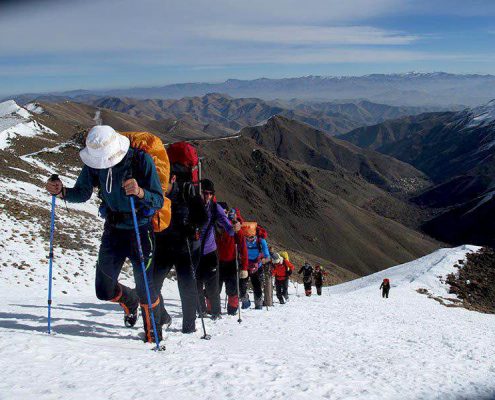 https://irandoostan.com/dostcont/uploads/2017/12/Travel-to-Iran-tours-to-Iran-trekking-2-e1516538657813.jpg
450
600
Farima Fehrest
https://irandoostan.com/dostcont/uploads/2025/05/Irandoostan-logo.webp
Farima Fehrest2017-12-17 09:33:022025-06-02 10:55:52Trekking in Iran: The Best Trails & routes
https://irandoostan.com/dostcont/uploads/2017/12/Travel-to-Iran-tours-to-Iran-trekking-2-e1516538657813.jpg
450
600
Farima Fehrest
https://irandoostan.com/dostcont/uploads/2025/05/Irandoostan-logo.webp
Farima Fehrest2017-12-17 09:33:022025-06-02 10:55:52Trekking in Iran: The Best Trails & routes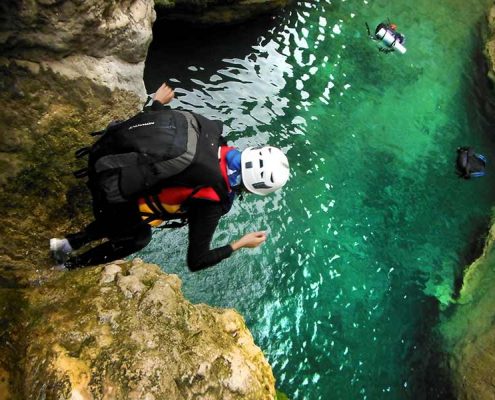 https://irandoostan.com/dostcont/uploads/2017/12/travel-to-Iran-tours-to-IranRaghez-canyon-2-e1516538602762.jpg
450
600
Farima Fehrest
https://irandoostan.com/dostcont/uploads/2025/05/Irandoostan-logo.webp
Farima Fehrest2017-12-04 16:23:532025-04-13 15:02:10Canyoning in Iran: Best Canyons with Photos
https://irandoostan.com/dostcont/uploads/2017/12/travel-to-Iran-tours-to-IranRaghez-canyon-2-e1516538602762.jpg
450
600
Farima Fehrest
https://irandoostan.com/dostcont/uploads/2025/05/Irandoostan-logo.webp
Farima Fehrest2017-12-04 16:23:532025-04-13 15:02:10Canyoning in Iran: Best Canyons with Photos https://irandoostan.com/dostcont/uploads/2017/11/Asiatic-Cheetah-Mohammad-Gaeini-2.jpg
960
1280
Iran Travel
https://irandoostan.com/dostcont/uploads/2025/05/Irandoostan-logo.webp
Iran Travel2017-11-25 16:04:062023-09-12 10:38:24Asiatic Cheetah (Iranian Cheetah): the rare species of Iran wildlife
https://irandoostan.com/dostcont/uploads/2017/11/Asiatic-Cheetah-Mohammad-Gaeini-2.jpg
960
1280
Iran Travel
https://irandoostan.com/dostcont/uploads/2025/05/Irandoostan-logo.webp
Iran Travel2017-11-25 16:04:062023-09-12 10:38:24Asiatic Cheetah (Iranian Cheetah): the rare species of Iran wildlife
Top 6 Iranian food: So Tasty But Not Too Spicy
Iran, as a large country embracing different ethnicity with different…
 https://irandoostan.com/dostcont/uploads/2017/10/Nightlife-in-Tehran-3-1.jpg
660
990
Iran Travel
https://irandoostan.com/dostcont/uploads/2025/05/Irandoostan-logo.webp
Iran Travel2017-10-29 15:37:112025-04-13 15:02:47Iran Nightlife: Explore the Iran at Night
https://irandoostan.com/dostcont/uploads/2017/10/Nightlife-in-Tehran-3-1.jpg
660
990
Iran Travel
https://irandoostan.com/dostcont/uploads/2025/05/Irandoostan-logo.webp
Iran Travel2017-10-29 15:37:112025-04-13 15:02:47Iran Nightlife: Explore the Iran at Night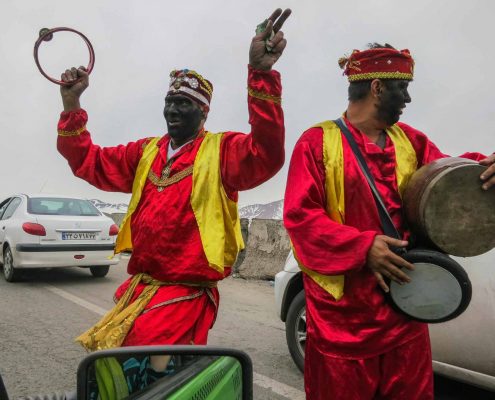
Iranian festivals and ceremonies as tourist attractions
Festivals, rituals, events, and traditions are among the variety…

Zoroastrian Fire Temples in Iran: All You Need to Know
The fire temple or Atashkadeh is a place of worship for Zoroastrians.…
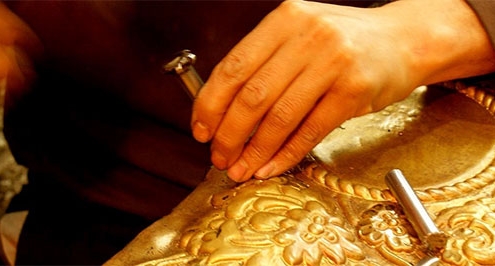
Qalamzani (Ghalamzani), Iranian Ancient Metalwork Art
Qalamzani (also Ghalamzani) is an Iranian ancient metalwork art.…
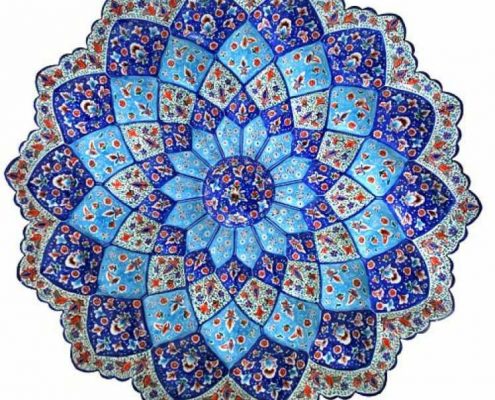
Minakari or Enameling, the glorious Iranian Art
Minakari or Enameling is one of the most glorious Iranian handicrafts.…
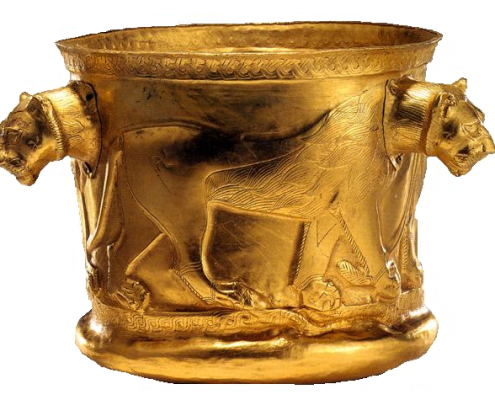 https://irandoostan.com/dostcont/uploads/2017/07/Iranian-Metalwork-Marlik.png
475
640
Iran Travel
https://irandoostan.com/dostcont/uploads/2025/05/Irandoostan-logo.webp
Iran Travel2017-07-30 11:00:402025-04-13 15:04:23Iranian Metalwork Is Splendid Souvenir for Travelers to Iran
https://irandoostan.com/dostcont/uploads/2017/07/Iranian-Metalwork-Marlik.png
475
640
Iran Travel
https://irandoostan.com/dostcont/uploads/2025/05/Irandoostan-logo.webp
Iran Travel2017-07-30 11:00:402025-04-13 15:04:23Iranian Metalwork Is Splendid Souvenir for Travelers to Iran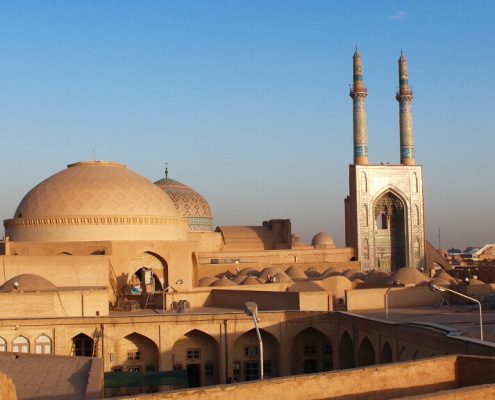 https://irandoostan.com/dostcont/uploads/2017/07/Yazd-Iran-Travel-4.jpg
576
1400
Farima Fehrest
https://irandoostan.com/dostcont/uploads/2025/05/Irandoostan-logo.webp
Farima Fehrest2017-07-26 09:13:522025-04-13 15:04:30Yazd, the City of Wind Catchers: History, Attractions, Photos
https://irandoostan.com/dostcont/uploads/2017/07/Yazd-Iran-Travel-4.jpg
576
1400
Farima Fehrest
https://irandoostan.com/dostcont/uploads/2025/05/Irandoostan-logo.webp
Farima Fehrest2017-07-26 09:13:522025-04-13 15:04:30Yazd, the City of Wind Catchers: History, Attractions, Photos
Shazdeh Garden, Iran (Photos, Water source, Info)
Shazdeh Garden, this green oasis, lies deep in the heart of the…

Persian Carpet History & Types: All You Need To Know
Iran has a universal reputation in carpet weaving. Persian carpet…


